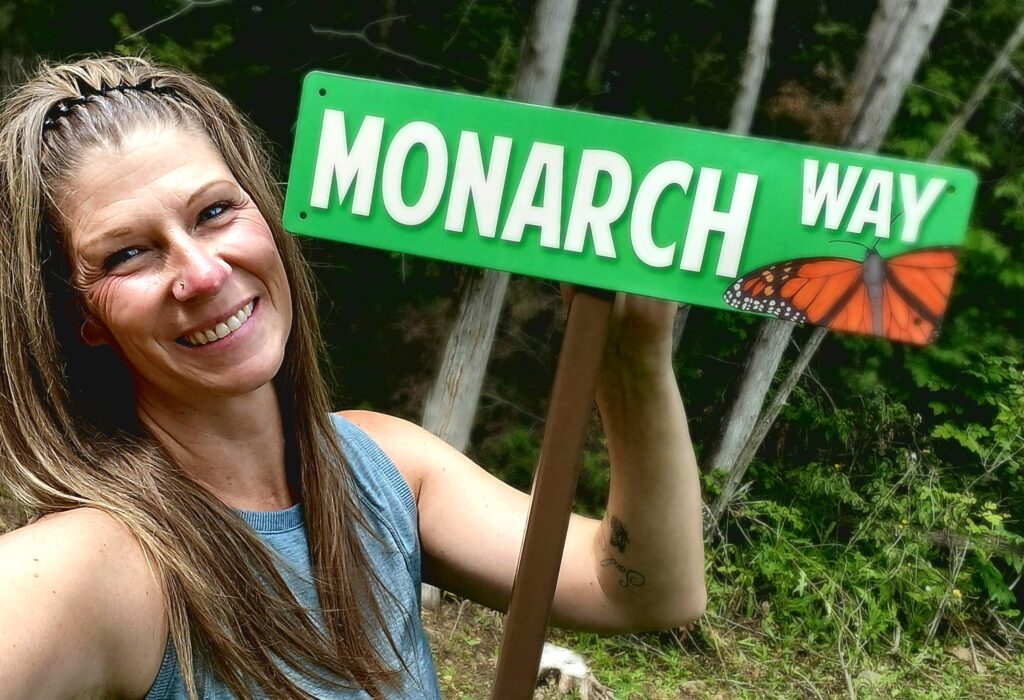Meet Keri of Monarch Way
As everyone knows, I am a big believer in “Everything happens for a reason” and “We cross paths with one another for certain reasons and when we are meant to” and last year on one of the Mood Walks, hosted by CMHA Champlain East, at The Fields of Gold, I ended up walking with a lady named Keri MacDonald-Carroll and we got chatting about an interesting hobby that she has – namely rearing and looking after Monarch Butterflies.
Just recently I received a phone call from Keri and we chatted about how her project has evolved and I thought, The Seeker readers need to hear about this lady so I decided to interview her with “The Seeker 5 Questions” and here is what I found out. Read on and enjoy!
1. What initially drew you to them, and how has your passion for rearing Monarchs evolved over the past 20 years?
I have been rearing Monarchs for over 20 years now. What captured my attention about the Monarch butterfly was its beauty, the bright vibrant colours (sunset firey orange, trimmed in veiny black lines and white speckles). How slow and graceful their flight pattern was. It was a combination of floats, glides, and drifts. Almost like they are stress free just enjoying the day. It made me feel peaceful.
I started off with just a few Monarchs. I educated myself about them in many ways. Reaching out to organizations, learning food sources, habitat, predators and the transformation process. From here it grew. Each year I would collect more and set a goal to learn something new about the Monarch. The largest number I’ve had so far was over 80 Monarchs.
The continuous years since I have purchased a yearly permit to be able to rear monarchs and registered a monarch waystation with “The Monarch watch program”. My learning is still growing through webinars, trainings, reading articles, and research.
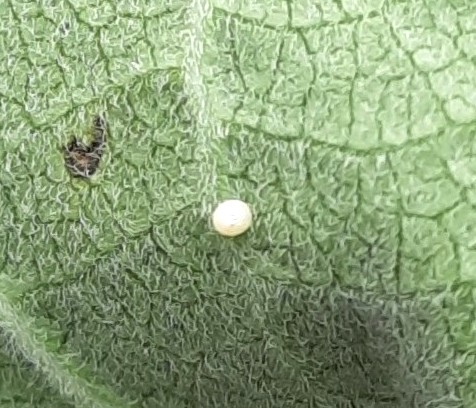
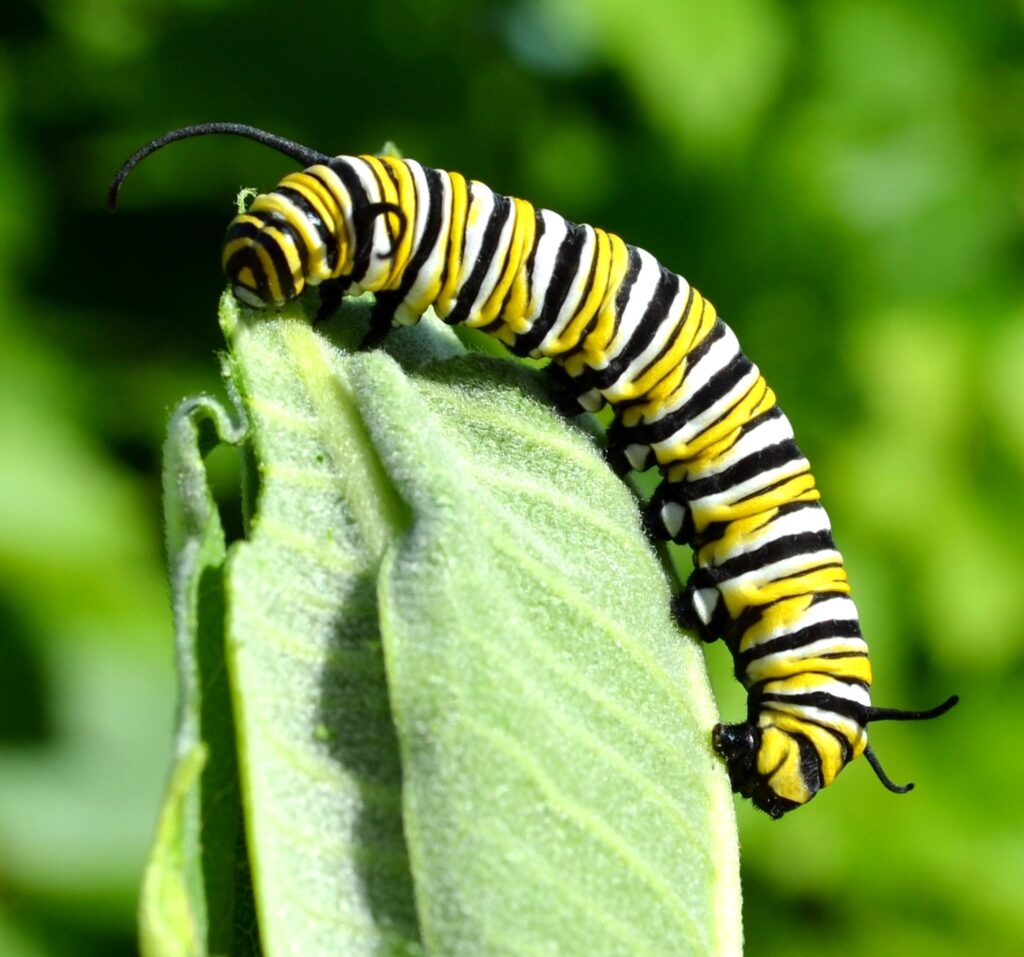
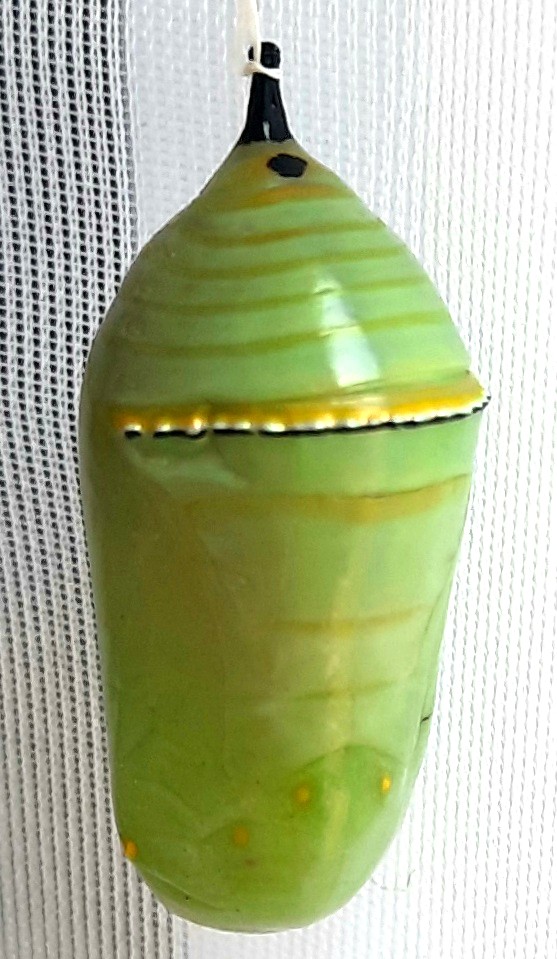
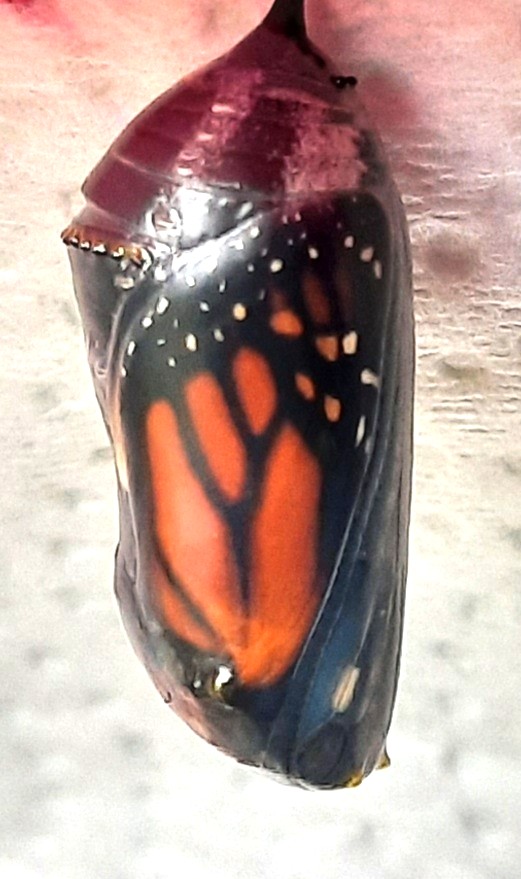
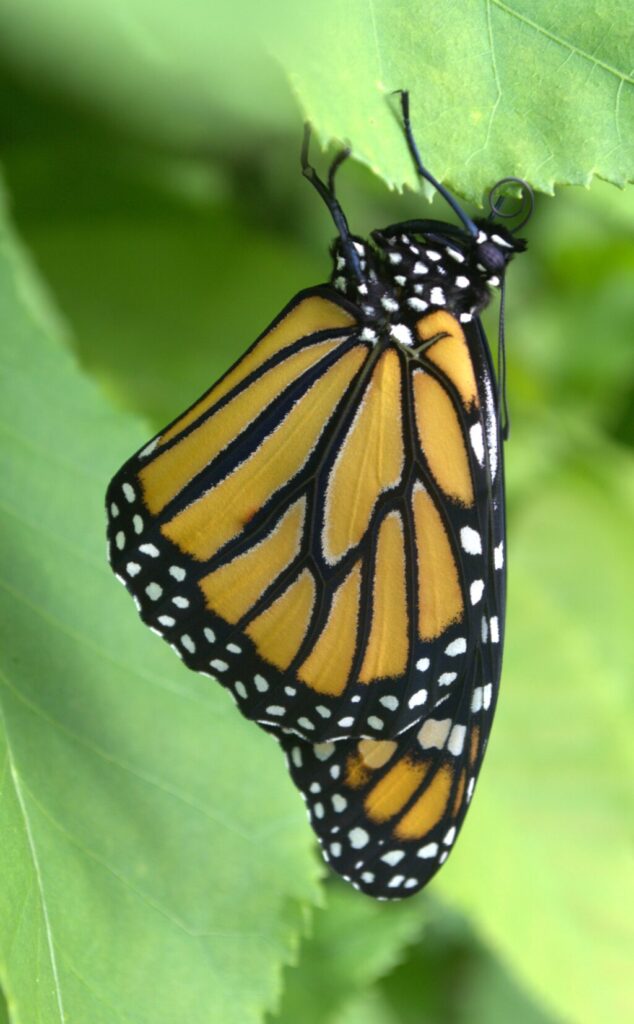
2. You’ve mentioned that Monarch transformations mirror your own life experiences. How has raising these butterflies helped you reflect on your personal journey and growth?
Just like the monarch, I’ve gone through times of uncertainty, change, and renewal. There were times in my life when I felt stuck or unsure of my direction, much like the stillness of a chrysalis. But those periods were necessary for inner growth and transformation. Watching the monarch emerge, fragile yet determined, reminds me that growth often comes after struggle and patience. It inspires me to trust the process of change and to embrace who I’m becoming, even when the path isn’t always clear.
3. From starting in a bedroom to now having a dedicated shed renovated by your husband, how has your rearing setup developed, and what impact has that had in your work?
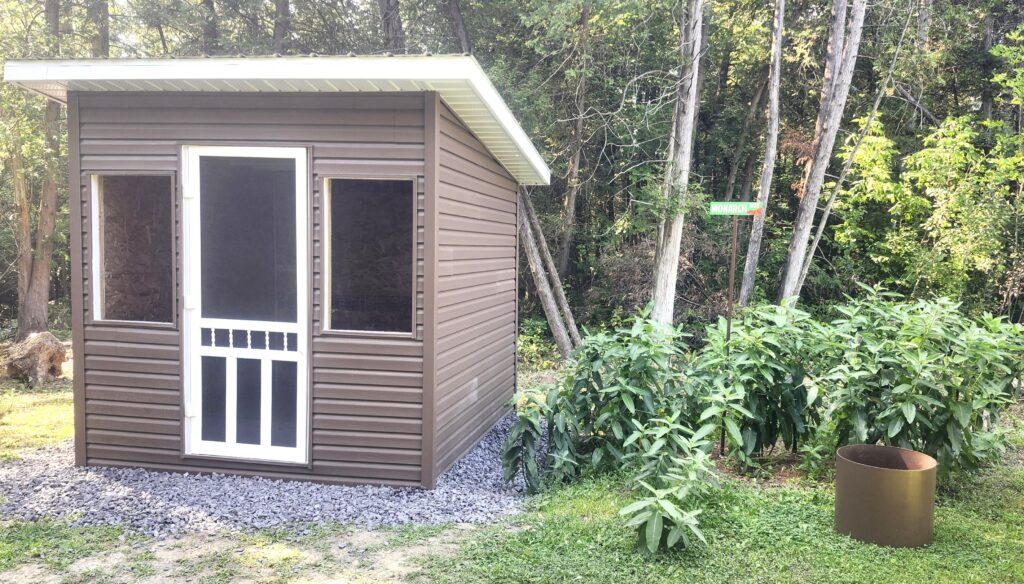
First to my incredible husband Richard Carroll, thank you from the bottom of my heart for making my dream of the Monarch Nursery come true. Your countless hours of hard work, dedication, and unwavering support have brought this vision to life in the most beautiful way. Watching it bloom has been a dream fulfilled, all because of you and determination. I’m endlessly grateful to you.
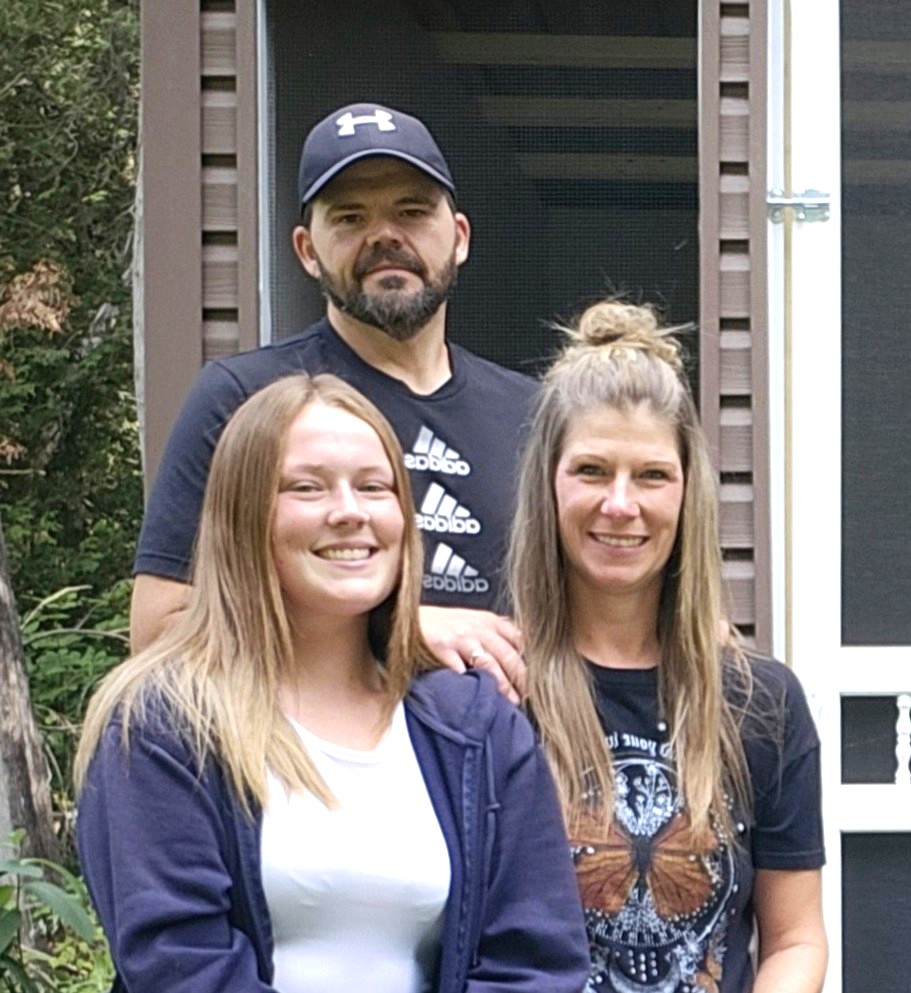
Thank you to my daughter Kara MacDonald for helping with some renovation, finishing touches, and collection of caterpillars.
With the butterfly nursery now completed. Next year it will be up and in use. The space will allow me to collect even more Monarchs, they will be protected outdoors, and all my equipment for rearing will be in the nursery. No longer taking space in the house lol.
4. With Monarchs now on the endangered list and your numbers dropping to 3 last year, what are the biggest challenges Monarchs face in conservation- and what keeps you hopeful?
Monarch butterflies face numerous challenges in conservation due to habitat loss, climate change, and herbicide/pesticide use. Their population has dramatically declined in recent decades. Milkweed is the only plant on which monarchs lay their eggs and their caterpillars eat. Huge amounts of milkweed are disappearing because of habitat destruction, and herbicide/pesticide use. Also, the destruction of overwintering sites in Mexico and California, caused by logging and urban development, threatens their migratory cycle. Climate change further disrupts their migration patterns and breeding seasons. Extreme weather events can devastate large portions of their population. Effective conservation efforts must address these interconnected threats to ensure the survival of this iconic species.
What keeps me hopeful is growing awareness and action being taken by individuals planting milkweed in their gardens to conservation efforts across North America. Also, my efforts through educating the younger generations the importance of acting on and getting involved in creating habitats and protection for the Monarchs. Monarchs themselves are resilient creatures; they travel thousands of miles across generations. This blend of human dedication and natural resilience offers a strong reason to remain hopeful about their future.
5. How are you incorporating Monarch learning at school with the kindergarten students?
In the front of our school the flower bed has been reconstructed as a pollinator garden but with planting milkweed specifically for the Monarchs. We clean and maintain the flower bed and do our best to grow milkweed. In the classroom we explore the stages of a butterfly, transformation process, what does endangered mean, what can that look like and why do we think it’s happening, what can we do?
Bonus question: For those interested in Monarch butterflies or wanting to get involved, what’s the best way for people to reach out to you or follow your work?
For serious inquiries wanting any information on how to start a Monarch habitat, you can reach out to me by email: [email protected]



